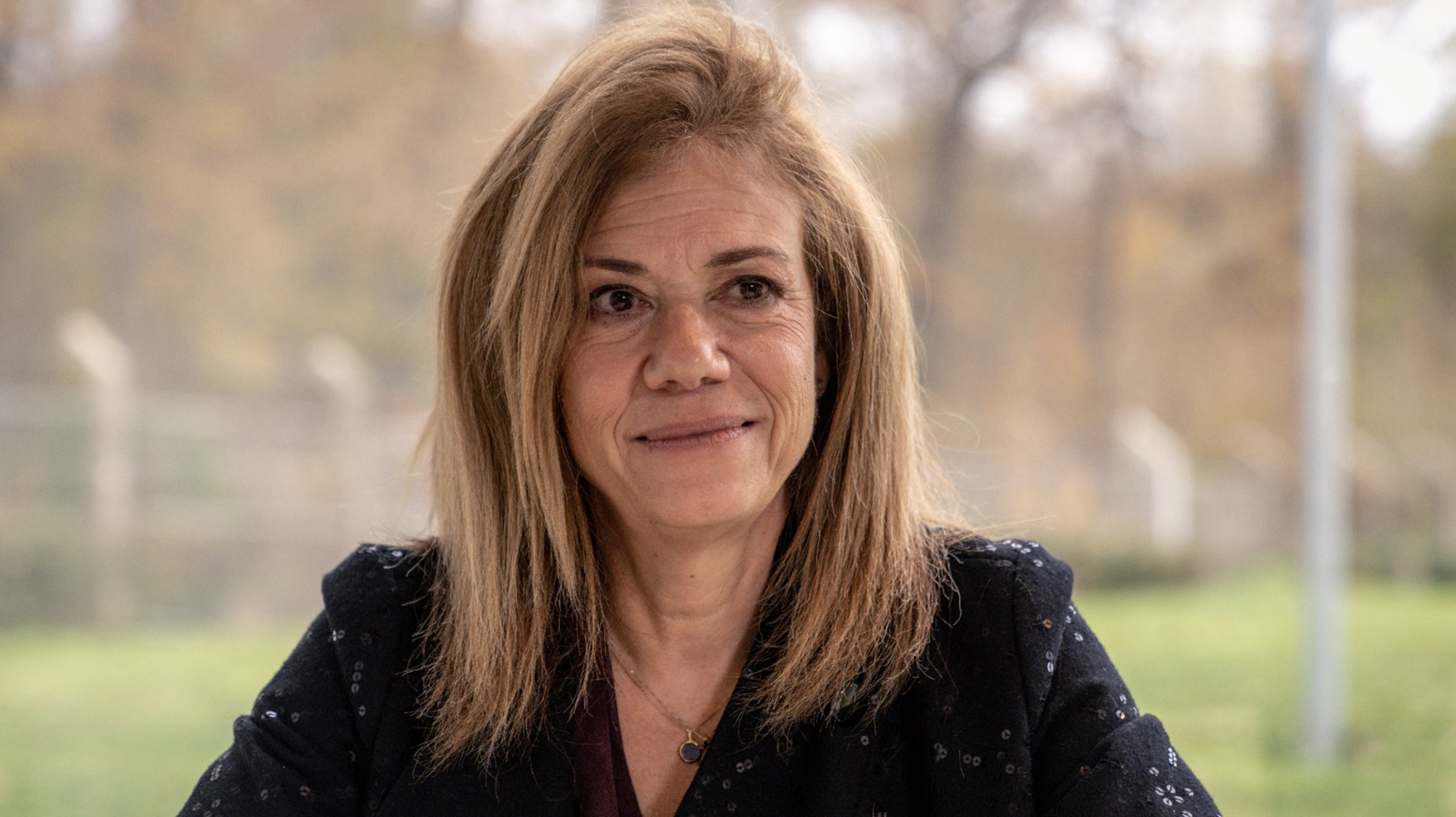Mission Security-Defense: one year review with Frédérique Segond
Date:
Changed on 26/07/2021

The Mission was set up in 2020 and was developed within the framework of one of the four main areas of focus from our Objectives and Performance Contract for 2019-2023, supporting public policies, with a particular focus on the two ministries that occupy ‘sovereign’ roles: the Ministry for the Armed Forces and the Interior Ministry. We pooled together Inria’s strengths in analysis and expertise so as to better meet the needs of the Institute’s public partners, while developing partnerships that would enable us to identify the needs of our partners.
More than a year after the mission was launched, we are gathering feedback that will enable us to work with our institutional partners to find ways of boosting our impact.
Certain partnerships, whether with industrial partners or institutions, existed prior to the launch of the Mission, including with the ANSSI[1], the Direction Générale de l’Armement (DGA)[2] and Naval Group, with whom we signed an agreement in 2019 to set up a joint artificial intelligence laboratory. We have also entered into a partnership with the Defence Innovation Agency in order to carry out research on artificial intelligence. Topics include detecting and monitoring individuals, detecting intrusion chains in connected objects and reducing the size of neural networks in order to boost their speed.
This research will enable us to keep abreast of the latest developments and to develop proofs of concept. Then there are specialist programmes, running for shorter periods of time and targeting precise needs of the DGA. The Mission provides a structure for all projects, creating a more coherent way of meeting requests and boosting visibility in terms of the impact of our actions.
Let’s begin by focusing on cybersecurity and intelligence, where our aim is clear: to work on technology which meets the needs of all our partners, both current and future. Identifying needs is complex, because operations and strategy are not always in close contact, and requirements in the field aren’t always covered by industry. Our partners explain their needs and we set up projects in response to those needs. We are also keen to create a virtuous circle of openness and technological development, satisfying operational requirements while looking ahead to the future.
I am convinced that these sorts of initiatives can stimulate the flow of talent in both directions and boost mobility, something which is crucial in digital.
The best way of identifying the needs of an intelligence analyst is to spend a day in their shoes. As part of a partnership with the Directorate for Military Intelligence, we set up a simulation and experimentation centre at Inria’s headquarters in Rocquencourt. There, scientists and industrial partners have the opportunity to ‘play’ together, via a platform, working with each other to devise technology and even research on a longer term basis that could meet needs in this sector. Experiments revolve around specially written scenarios: fictional countries with a specific type of conflict, bringing specific armies and governments into play. ‘Players’ have access to intelligence bulletins explaining the political and military situation of the forces involved. Over the course of a day, they must respond to an order from the chief of staff, such as: could violence break out in such a country on such a date? What are the potential risks facing the region?
Over the course of a day, academics and industrial partners work on these raw materials, developing an understanding of the processes involved, the methods required and needs when it comes to research and new technology in our sector of digital technologies. For instance, which tools could help with visualising information or decision-making? These transfers help scientists to develop useful technological building blocks while also forging closer ties with industrial partners: the platform we have built is extensive.
Intelligence provides a highly multidisciplinary perspective, whether this is military intelligence, with scientists in geopolitics at Sciences Po Grenoble, or internal intelligence, with sociologists exploring phenomena linked to radicalisation. For the latter, we are partners in an EU project aimed at preventing online radicalisation of communities.
This same simulation platform can also be used to test out the technology developed on the same data and the same scenarios, seeking out feedback from professionals in order to ensure the technology meets their requirements. The amount of technology that is transferred over to ministries or to industry will be a good indicator of success.
Verbatim
Our collaboration with Inria is part of the DRM's digital strategy in the face of the massification of data from increasingly powerful sensors.
Together we are building a platform that simulates intelligence operations and allows researchers to discover our business: they thus transform our problems into research objects that lead to concrete innovations for our operational staff.
Auteur
Poste
Intelligence Campus, Military Intelligence Directorate